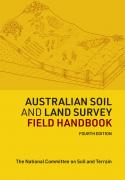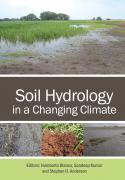With an ever-increasing proportion of the world’s population living in cities, soil properties such as salinity, acidity, water retention, erosion and pollution are becoming more significant in urban areas. While these are known issues for agriculture and forestry, as urban development increases, it is essential to recognise the potential of soil properties to create problems for the environment as well as structural concerns for buildings and other engineering works.
Understanding Soils in Urban Environments explains how urban soils develop, change and erode. It describes their physical and chemical properties with a focus on specific soil problems that cause environmental damage, such as acid sulfate soils, and also affect the integrity of engineering structural works. This fully revised second edition addresses contemporary issues, including an increase in the use of green roofs and urban green space as well as manufactured soils in a variety of urban environments.
Understanding Soils in Urban Environments provides a concise introduction to all aspects of soils in urban environments and will be extremely useful to students in a wide range of disciplines, from soil science and urban forestry and horticulture, to planning, engineering, construction and land remediation, as well as to engineers, builders, landscape architects, ecologists, planners and developers.



















